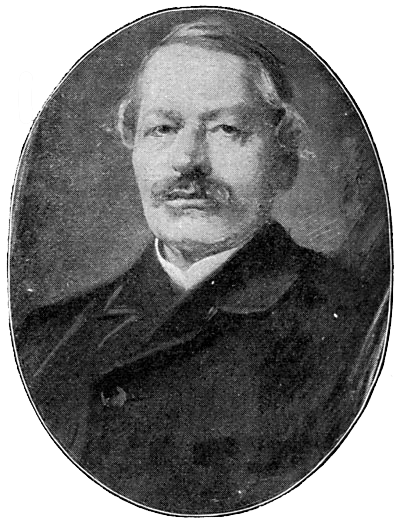 Image by Gabor [Public domain], via Wikimedia Commons |
Gustav Freytag. |
Chapter VI of Gustav Freytag’s Technique of the Drama is now available on the Technique of Drama page.
This section covers the following topics on playwriting and stage drama: Material. Work. Fitting for the stage. Cutting out. Length of the piece. Acquaintance with the stage.
